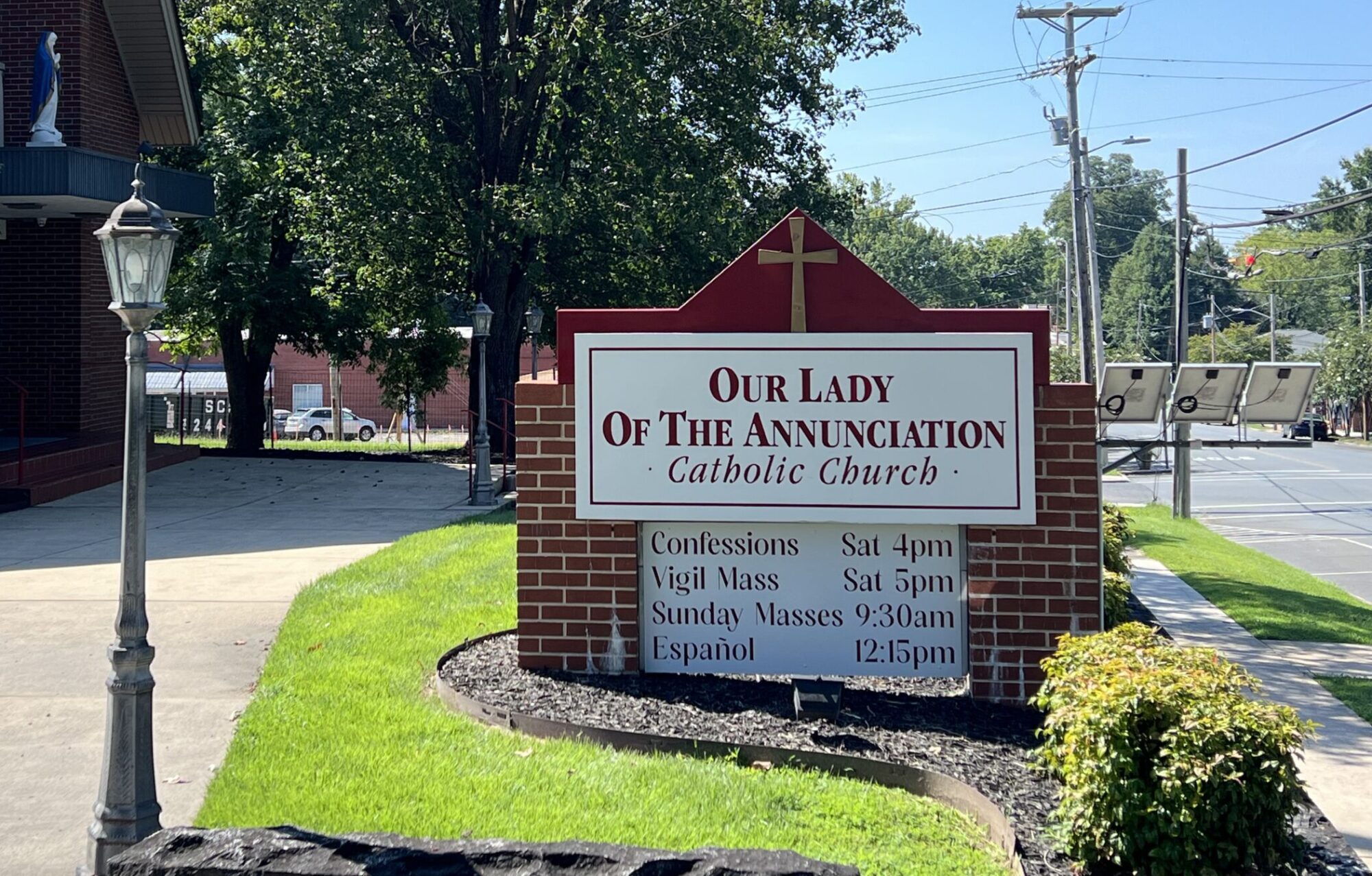
The Lesser Brothers became a fraternity open to all, living lives of prayer, penance, and penitential admonition. They used songs, hymns, exhortations, and example, making them clearly different from other penitential movements of the period. In choosing to be marginal they embraced humility, accepted hostility, and demonstrated compassion for the destitute in society. Their lives were marked by a spirit of joy, and in the life of Francis and the brothers, many began to recognize a mirror of Christ. Francis and his companions became a new reality in thirteenth-century society, not only through the personal charisma of Francis, but through the inspiring lived example of the fraternity. People noted the correlation between what they said and what they did, their spirit of penance, refusal of money, and inner joy.
Unlike many of the local clergy, Francis and the lesser brothers spoke to the hearts of their listeners in terms that they could understand, inspiring them to embrace a penitential conversion and to follow this authentic example of living a Gospel life.
—from the book Franciscan Field Guide: People, Places, Practices, and Prayers
by Sister Rosemary Stets, OSF
//Franciscan Media//









